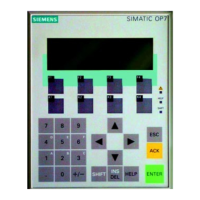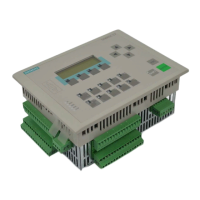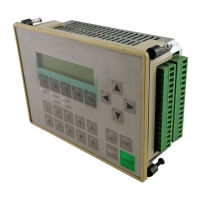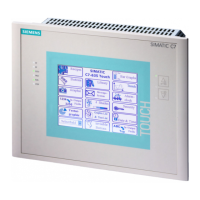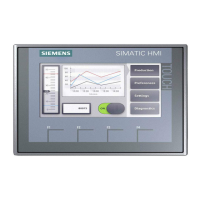4-31
Batch
flexible
, Manual
C79000-G7076-C650-02
The product and the quality can be selected.
The concrete batch quantity for making up a batch is restricted by a lower
limit (LL) and an upper limit (HL). These limits are displayed here in
addition to a normal batch size and can be modified. The normal batch serves
as a reference during quantity adjustment – in other words, the AF
parameters in the recipe have been designed for this value and may have to
be adjusted if there is a difference in the batch quantity.
This is where you can add a description of what the recipe does.
The $ variables are dummies which allow central modification of parameters
and inputting at a later date (instead of during recipe creation when this ithe
concrete batch is first formed). This means that you can adjust the recipe to
temporary, external influences.
When you press the New button, new variables are presented for entry. In
addition, there appears the designation, value, unit and a note as to whether
the input should be necessary.
$ variables must be created before being used (in the AF or transition) in the
header.
The measuring point designations are presented for selection
equipment-specifically; you can add the measuring points to the batch data
record by double-clicking in the list of measuring points.
With this input feature you can specify the by-products, input materials and
residual materials associated with the main product.
This is where the equipment allocations in the recipe are listed which were
specified in the detailed planning of an AF. You can input the occupancy
time for the apparatus (in min.) and also a code to show whether the
apparatus should be seized at the start of batch processing. These presets are
used for batch planning; any delays will fall within the responsibility of the
user.
Apparatuses can also be already occupied when a batch starts. If this is the
case, the batch will not run until all batches with an occupancy request are
free (see Chapter 5).
The process equipment in the list are supplemented automatically with
further equipment following the use of automation functions, which means
that the list is always complete every time it is opened. Entries which have
become superfluous will be deleted at saving.
General inputs
Input Description
$ variable inputs
Inputting
measuring points
Inputting products
Inputting
equipment
allocations
Dynamic
updating
Recipe creation
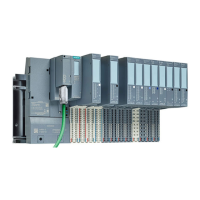
